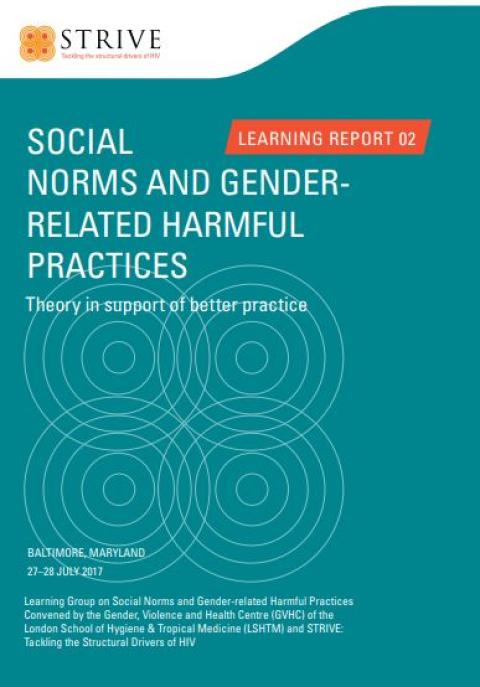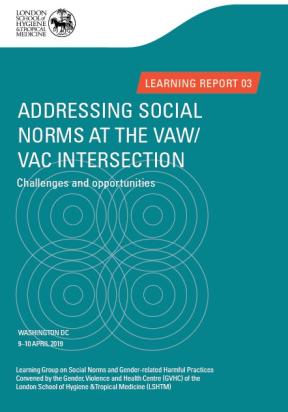- Report
- 1 Febrero 2018
Social norms and gender related harmful practices: Theory in support of better practice
- Author: Ben Cislaghi, Karima Manji, Lori Heise
- Published by: STRIVE

Social norms help sustain a variety of gender-related harmful practices, including female genital cutting (FGC), child marriage and intimate partner violence. As development practitioners have sought to transform these norms to achieve greater gender equity, they looked to social norms theory for guidance. Preliminary efforts, mostly led by UNICEF, to address FGC, relied on game theoretical accounts of social norms[1, 2]. Today, due to an increase in the time and resources invested in using social norms theory for gender equality, practitioners are engaging with the wider constellation of social norms theories. The theory is indeed vast and varied, with multiple – sometimes contradictory – definitions of what social norms are and how they influence people’s actions.
This paper offers a short summary of social norms theory for those less familiar with it, noting that theories on norms emerge from many different disciplines and are multifaceted.
- Countries / Regions:
- Global
Related resources
Report
10 Abril 2019

Report
1 Enero 2017
Video/podcast
11 Junio 2025